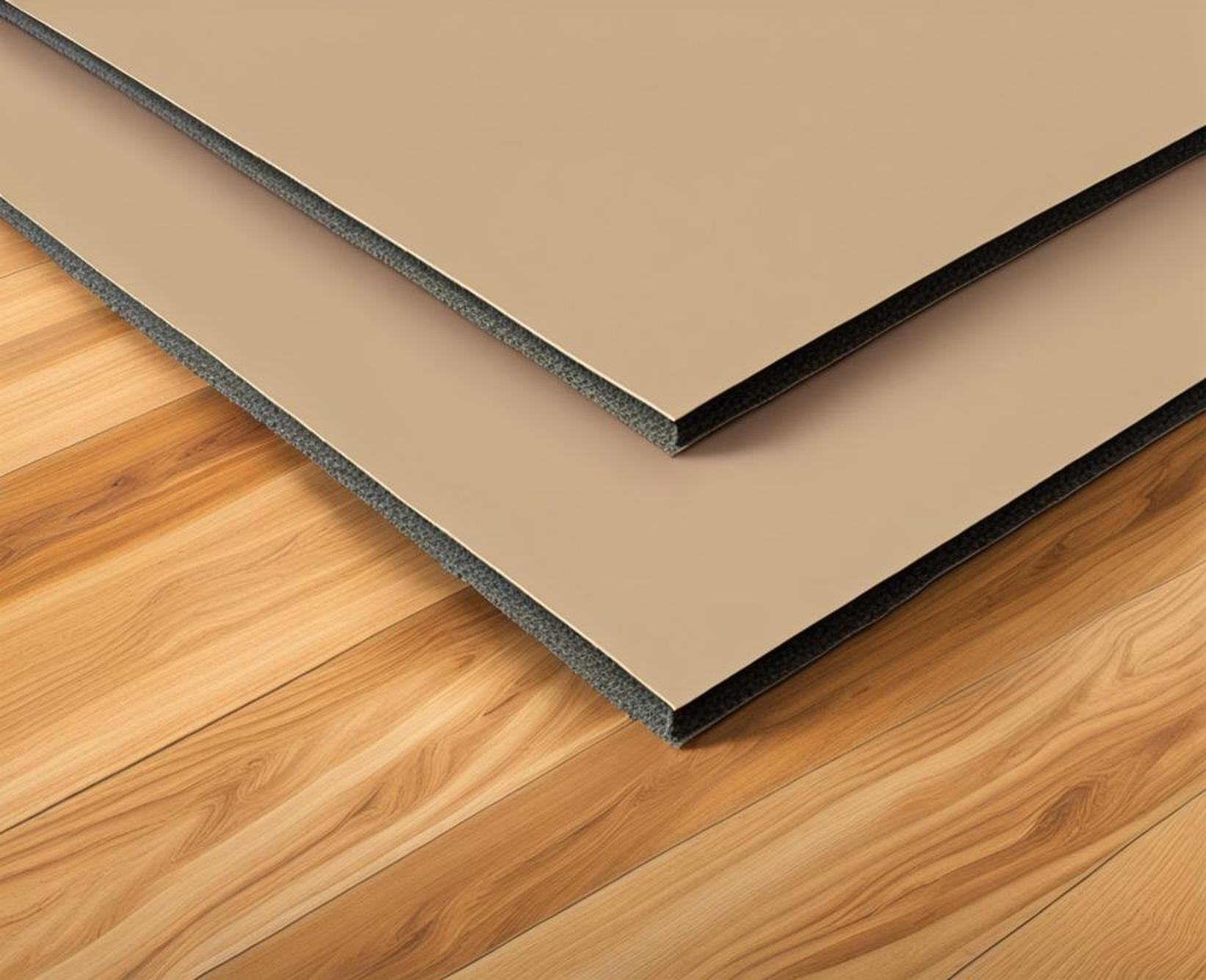Installing laminate flooring can instantly transform the look and feel of a room. But the performance and longevity of your new floor depends hugely on choosing the right underlay. Selecting an underlay matched to your subfloor type and installation needs will provide the necessary cushioning, insulation, and moisture protection.
Read on for an in-depth look at how climate, noise, traffic, and budget considerations should guide your decision. We also give best-in-class recommendations so you can install laminate flooring with complete confidence it will stand the test of time.
Understand Your Subfloor Type
The foundation beneath your laminate planks plays a pivotal role in underlay selection. Let’s examine how concrete, wood, and vinyl subfloors each interact with underlay:
Concrete
Concrete floors present unique challenges for laminate flooring, being cold, hard surfaces prone to condensation buildup. Minor cracks and textural imperfections also necessitate a smoothening cushion layer.
We recommend using foam or cork underlays on concrete subfloors. The closed-cell foam structure resists moisture intrusion while providing thermal insulation and shock absorption. Cork underlay offers natural cushioning along with unmatched noise dampening properties.
Wood
Wood subfloors have more give to conform around small irregularities in flatness. This forgiving, breathable surface requires an underlay tailored to these traits.

On wood foundations, flexible felt, foam, or rubber underlays allow proper ventilation while smoothing out the floor. Be sure to select products approved for use over wood subfloors and avoid fully sealed plastic barriers.
Vinyl & Tile
| Existing vinyl and tile subfloors must meet several preconditions before laminate installation: |
|
Presuming the substrate is flat and even, a thin foam or vinyl underlay barrier will suffice in most cases. More expensive acoustic underlays are often overkill.
Consider Climate and Moisture Protection
Ambient humidity and seasonal temperature shifts underscore why moisture considerations cannot be an afterthought. Let’s explore ideal underlay characteristics for damp and frigid installation sites.
Damp Areas
In basements and bathrooms, water damage underneath laminate flooring poses a constant risk. Any moisture accumulation beneath the planks causes bubbling, warping and gapping over time.
Be sure to install laminate with a plastic polyethylene moisture barrier layer or opt for underlays like rubber that inherently resist water intrusion. Also allow extra expansion space around the perimeter.
Cold Regions
Concrete readily conducts heat, allowing precious energy to escape through the slab. Without an insulated underlay, floors feel uncomfortably cold and energy usage soars.
For energy-efficient homes,choose underlays with higher thermal resistance properties. Cork and foam underlays insulate floors from cold conductive concrete losses in frigid environments.
Hot & Humid Areas
Moisture issues also arise when water vapor from concrete evaporation cannot escape properly. Trapped moisture degrades flooring from the underside.
In hot, humid climates use a combination foam and plastic moisture barrier underlay to block liquid and vapor ingress. Allow concrete substrates adequate drying time before install.
Factor in Noise Reduction
In rooms where people congregate or with upstairs neighbors below, muting footfall noise should heavily influence underlay selection.
High Traffic Areas
Heavy foot traffic and shifting furniture are hugely amplified through thin laminate planks. The racket especially irks downstairs homeowners trying to enjoy peace and quiet.
In common living spaces like kitchens and recreation rooms, prioritize acoustic damping performance. Premium cork and rubber underlays substantially deaden noise through the floor.
Upstairs Rooms
Noise transmittance to the rooms below is an even bigger issue, as airborne sound passes directly through ceilings. Even normal footfalls and chair scooting can disturb downstairs concentration.
For second story rooms, consider layering thick, dense rubber underlayment beneath the laminate. Ensure all seams are tightly taped and overlaps account for room perimeter.
Compare Budget vs. Premium Underlays
Underlay choice inevitably boils down to budget constraints versus performance needs. Let’s weigh cost savings against durability.
Save Money Upfront
For small installations on a tight budget, consider basic fiber, foam, or vinyl padding. While affordable initially, these bargain options compromise long term:
- Lower load bearing density and compression strength
- Minimal insulation against cold and noise
- Higher risk of damage from heavy furniture or appliances
Invest for the Long Term
Premium cork, rubber, or combination underlays do command higher prices. But the unrivaled durability and performance justify extra costs over the flooring lifetime. Benefits include:
- Superior acoustic insulation and thermal protection
- Outstanding resilience against surface indentations
- Impermeability to moisture from flooding or concrete
Best Underlay Recommendations
Given the factors explored above, here are our top underlay category picks to suit common scenario needs:
All-Purpose: Foam
For most general installations, closed-cell foam underlays like QuietWalk offer the best balance of affordability, quality, and ease of install. Remember to always couple with a separate plastic moisture barrier below.
Concrete Subfloor: Cork
Cork’s natural insulation and unmatched acoustic properties make it uniquely suited for cold, hard concrete builds. Brands like FloorMuffler isolate noise through the slab.
Wood Subfloor: Felt
Allow wood substrates to breathe while smoothing surface imperfections using flexible felt underlay like Serenity Mat. Tape carefully at seams to limit air leaks.
Noisy, High-Traffic: Rubber
For heavy footfall areas prone to noise complaints, spend extra on premium rubber . Its density and strength stand up to abuse while muting footsteps and furniture shuffling.
While underlay selection marks a critical first step, proper installation is just as vital. We recommend always following manufacturer provided instructions for:
- Minimum and maximum thickness recommendations
- Preferred adhesive types for taping overlaps and perimeter
- Sequencing underlay installation with the laminate planks
- Allowing adequate expansion gaps around room perimeter
Taking time upfront to choose the optimal underlay means your laminate flooring will last for decades. Follow our guidance to make an informed decision balancing noise, footsteps, climate, cabinets, and of course budget.
